Images of Sydney's New Year's Eve fireworks erupting over the Sydney Harbour Bridge are projected on screens around the world every year. You'll likely have seen Sydney Harbour Bridge many times before your first visit to Sydney. Few cities have an icon as proud as Sydney's Harbour Bridge.
Get to know the famous bridge from different angles as you explore the city. Get to know it up close too.
There are a bunch of ways to have an intimate experience of Sydney Harbour Bridge.
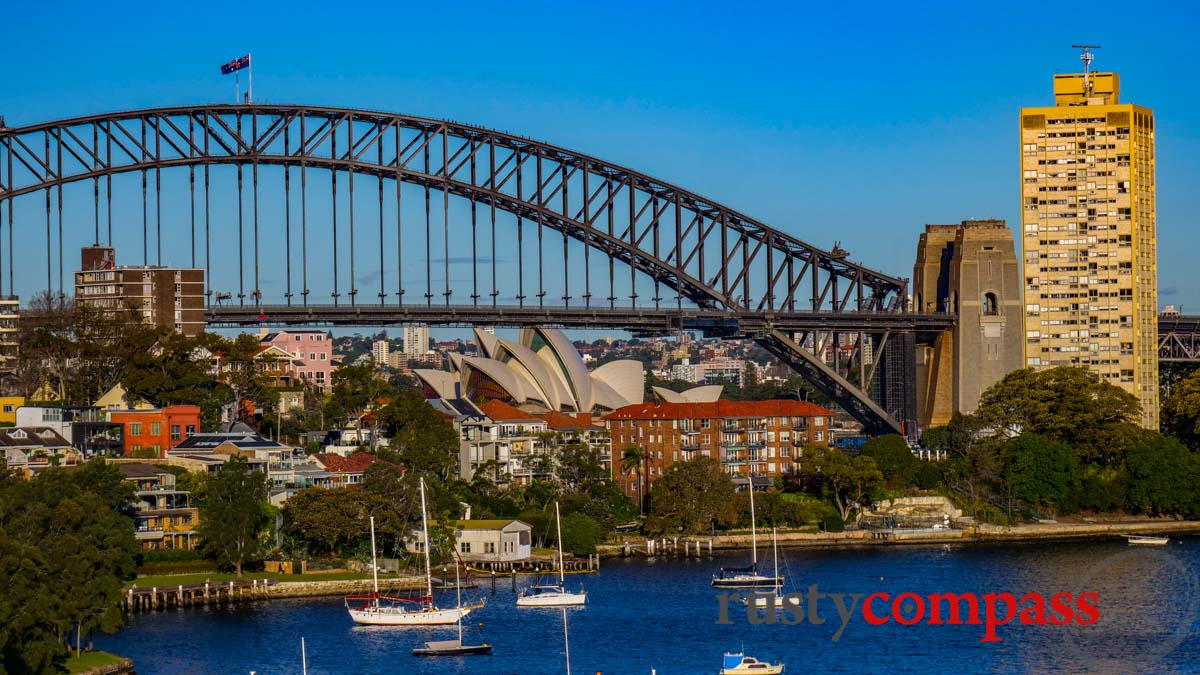
Photo: Mark Bowyer From the north shore - Sydney Harbour Bridge
Walk or cycle across the Harbour Bridge (free)
The Eastern side of Sydney Harbour Bridge has a wide walking path that is an essential walk during a stay in Sydney (the western side of the bridge is a cycling path). It's probably best to start your walk on the north side at Milson's Point - get there by train. Then you'll be looking across the harbour to the Opera House and the city as you go.
The walk only takes around 15 - 20 minutes but you're likely to stop often for photos and a closer look.
There are lots of things to see at either end of the bridge so you can allow a few hours for exploration before and after you walk. At the city end you'll find the historic Rocks district. There are walks, great old pubs, restaurants and the Museum of Contemporary Art here.
At the northern end you can walk around the harbour, past Luna Park, to Wendy's Secret Garden - a creation of Wendy Whiteley. Wendy was the partner of one of Sydney's proudest contemporary artists, Brett Whiteley - now deceased and she has transformed a piece of unused harbourfront land into beautiful gardens.
Whether you explore north or south of the bridge, make sure you take a walk underneath for a look at the mighty structure of the bridge from below.
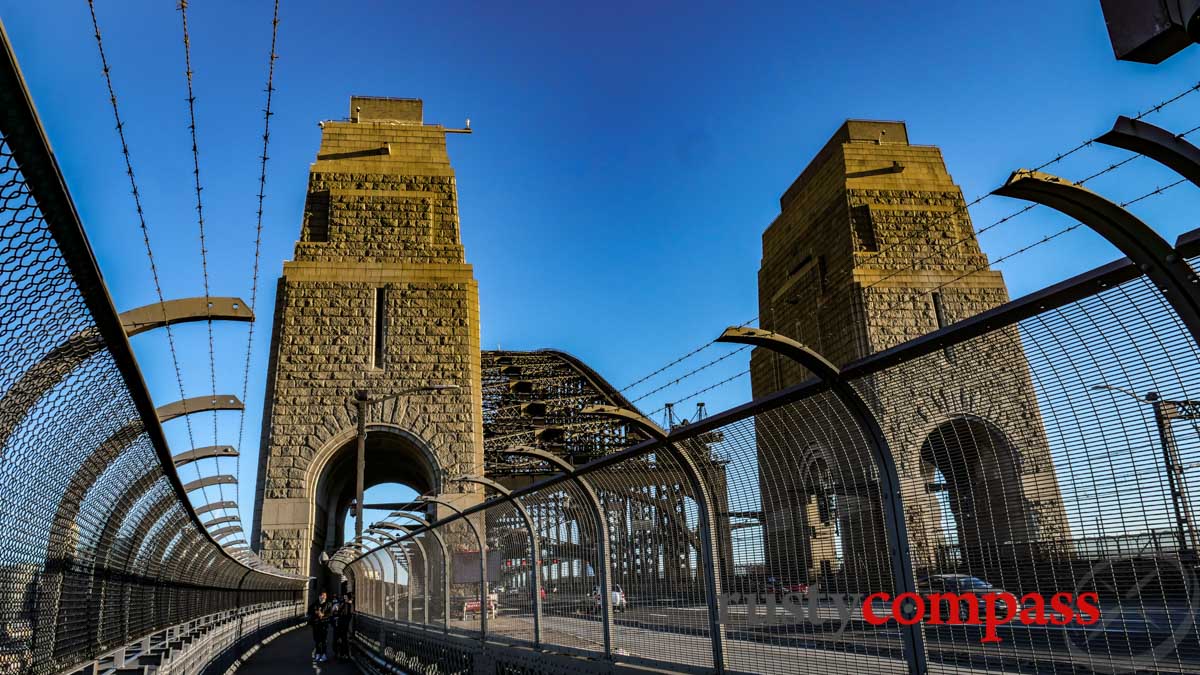
Photo: Mark Bowyer The walk across Sydney Harbour Bridge
Climb the Harbour Bridge to the South Pylon Lookout
The south pylon of the Harbour Bridge takes you up 200 steps to breathtaking views of the harbour and the city. At the top you're 87 metres up - about halfway to the top of the bridge.
This has to be the best view of Sydney - and the lookout is affordable to most travellers. BridgeClimb (see below) is a much bigger investment. Pylon Lookout only requires an hour or less - BridgeClimb is a half-day experience.
Photography is permitted on the Pylon Lookout (not on BridgeClimb).
You'll come across the entrance to the Pylon Lookout and Museum as you head along the main walking path on the eastern side of the bridge.
Admission is $30 per adult.
If time or budget are an issue, this is an excellent alternative to the Bridge Climb (below).
NOTE - At time of writing, the Pylon Lookout operating hours are quite restricted. Opening hours usually prevent the experience of early morning or late afternoon light and sunrise / sunset. It's a great shame.
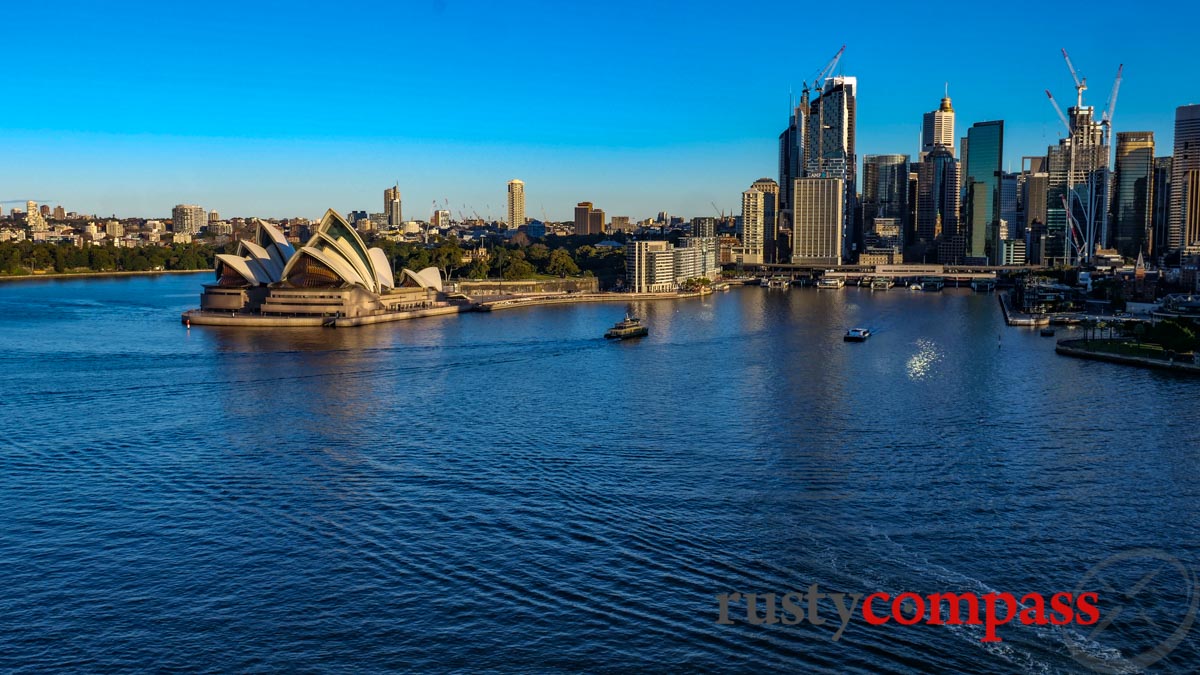
Photo: Mark Bowyer The views from Sydney Harbour Bridge aren't bad either.
BridgeClimb
Bridgeclimb sells organised small-group tours that make the climb to the top of the Harbour Bridge. BridgeClimb started in 1998 and it's been a huge success. The climb is suitable for travellers of all ages. A basic level of fitness is required. Prices are around $300 - $500 - (dynamic pricing applies across seasons and time slots) and the climb takes 3.5 hours including preparation and safety instruction.
I haven't done the climb yet.
If you're an avid photographer, note that you can't take a camera (even a phone) on Bridgeclimb. You'll be better off on the south pylon if you want to get good pics.
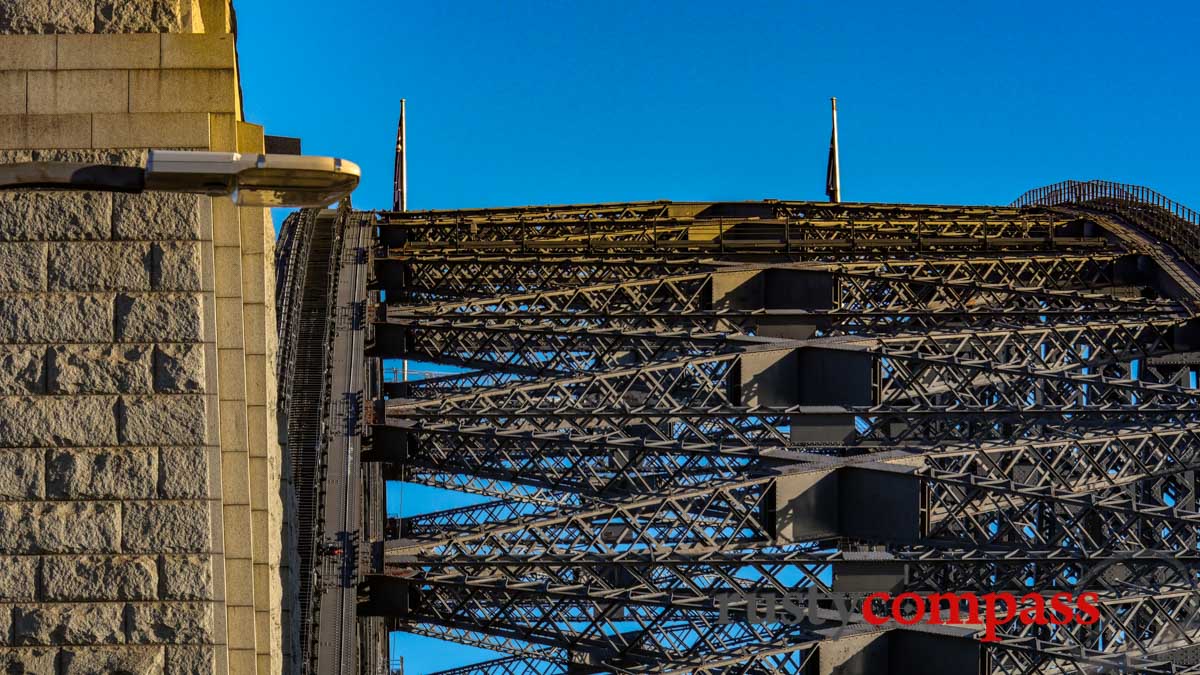
Photo: Mark Bowyer Sydney Harbour Bridge - up close
About the Sydney Harbour Bridge
Sydney Harbour Bridge is one of the most important creations in Sydney. It's a stunning complement to the magnificent natural harbour that defines Australia's biggest city in the popular imagination . The bridge, known locally as the "coat hanger" is an impressive piece of 1920s and 1930s design and engineering. It's also a far-sighted piece of infrastructure that has given generously to Sydneysiders for almost a century. It's hard to imagine a piece of public infrastructure giving so much to a city for so long. Even the opera house, at 50 (almost), is youthful by comparison.
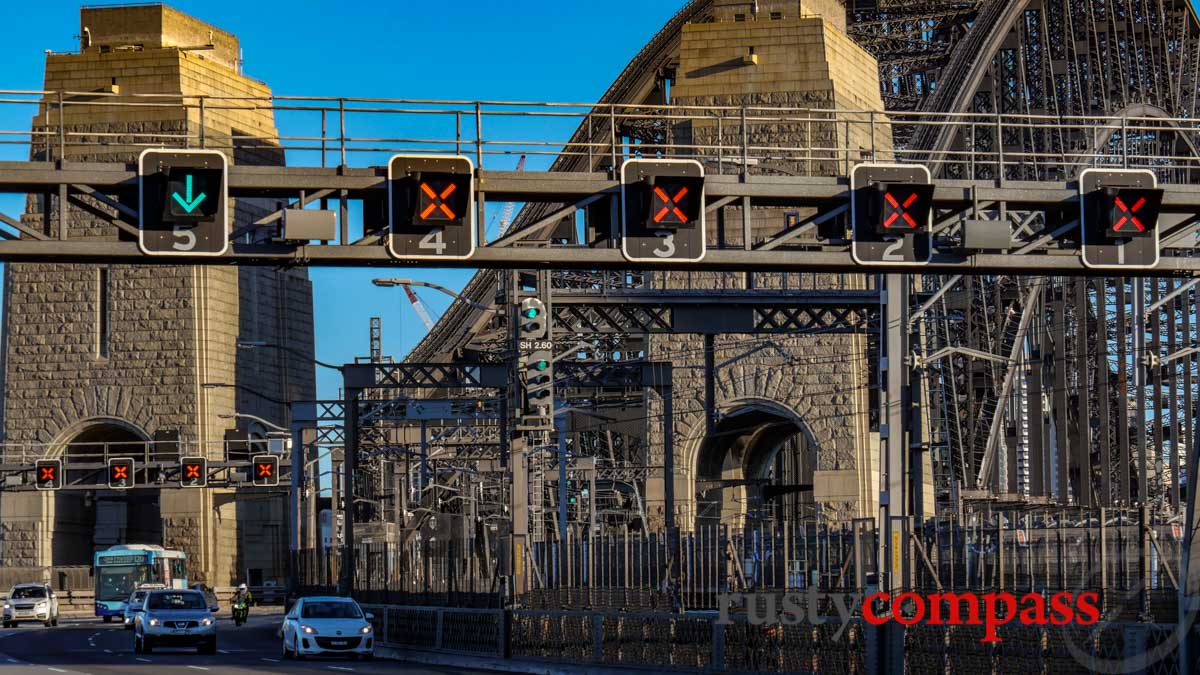
Photo: Mark Bowyer Walking across Sydney Harbour Bridge
Sydney Harbour Bridge by numbers
* World's largest steel arch bridge.
* 1149 meters in length
* The bridge uses 52,800 tonnes of steel
* 79% of steel was imported from England.
* 1400 workers built the bridge over eight years.
* 16 people died in the construction phase.
* The bridge was paid for by state lottery and tolls.
* Sydney Harbour Bridge cost $13.5 million and was paid off in 1988.
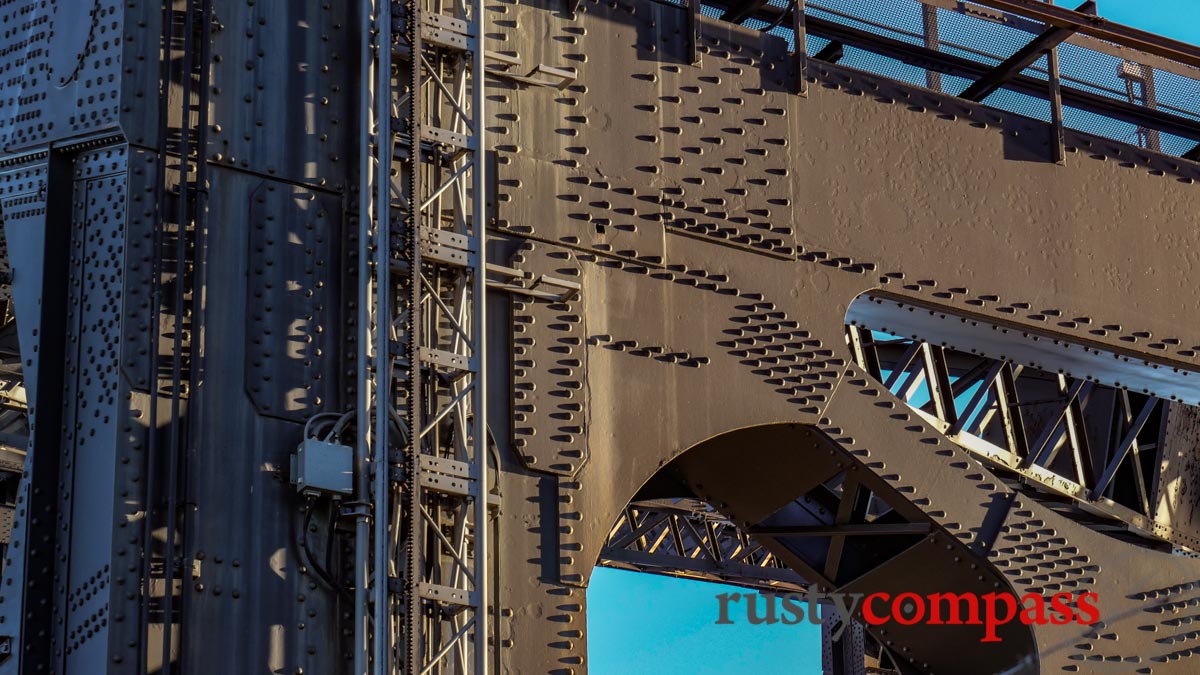
Photo: Mark Bowyer Sydney Harbour Bridge - up close
Sydney Harbour Bridge history
Sydney Harbour Bridge opened to great fanfare on March 19 1932. Australia was suffering the worst years of the Great Depression. Controversial New South Wales Labor Premier Jack Lang, a champion of the bridge project, officially cut the ribbon after the opening was sabotaged by Francis de Groot. De Groot, a member of the fascist New Guard opposed the progressive policies of Lang - especially his disregard for royal protocol and the Bank of England's depression edicts.
Less than two months after opening the bridge, on 13 May 1932, Lang was dismissed by Governor Phillip Game - the Governor of New South Wales. Game was a Brit, and the Crown's representative. He returned to England at the end of his Governorship. The people of New South Wales were reminded of the limits of their democracy.
The Harbour Bridge opened in a world of turmoil. Labor Premier Jack Lang and celebrated engineer John Bradfield get most of the credit for this transformational project.
The British development of the north shore of Sydney's harbour dates back to the earliest years of the British colony. Before that Cammaraygal people lived, fished and traversed the waterways of the North Sydney area for thousands of years.
The need for a harbour crossing became more pressing as the city developed and the ferries crossing the harbour became more congested. From the 1850s, proper consideration of a bridge crossing the harbour entered the public conversation. By the late 1800s, momentum around the idea was gathering.
Engineer John Bradfield became involved in the project in the early 1900s and in 1915 presented an integrated electric rail and bridge proposal - rail was always central to the bridge project. World War I intervened and put plans on hold until parliament passed a bill for the construction of the bridge and an underground rail network in 1922. The contract was given to British bridge-builder Dorman and Long, builder of the strikingly similar Tyne Bridge in Newcastle. The bridge design is also said to have been taken from Hell Gate bridge in New York.
The 1930s marked the beginning of rapid growth in car use in Sydney and the bridge included space for cars, carriages, trains and trams. Public transport was central and the bridge project was complemented by rail developments across the city.
The Sydney Harbour Bridge has been a central piece of city infrastructure for 90 years. Today it handles 160,000 vehicles a day. The bridge served central Sydney without support until the Sydney Harbour Tunnel opened in 1992.
Disclosure
Rusty Compass listings and reviews are always independent. We share the stuff we think will help you during your travels. We disclose any commercial arrangements should these exist.

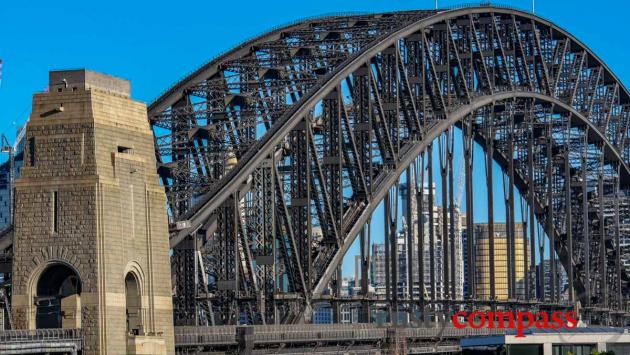
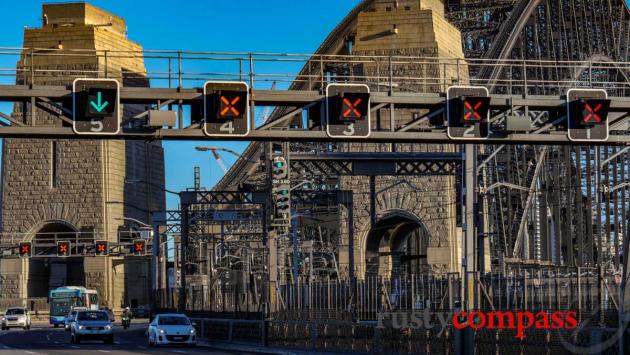
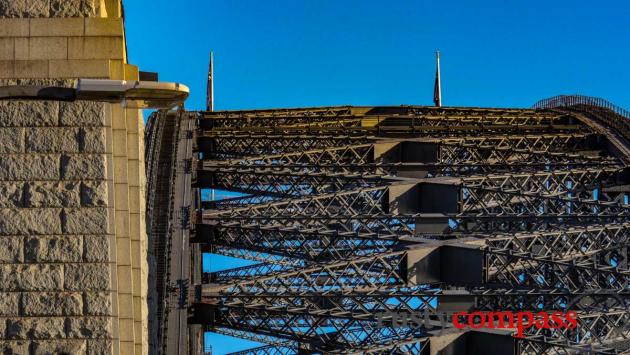
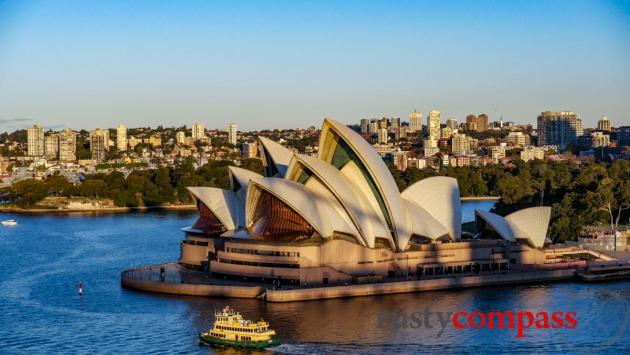
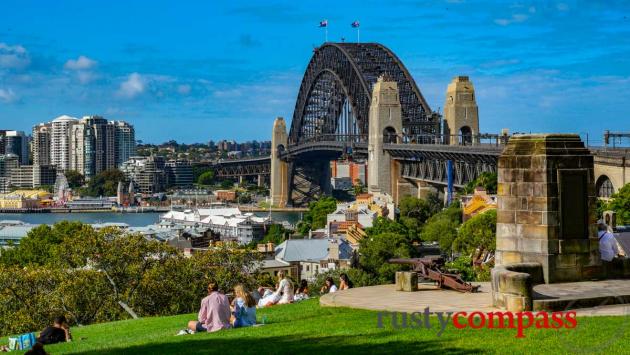





There are no comments yet.